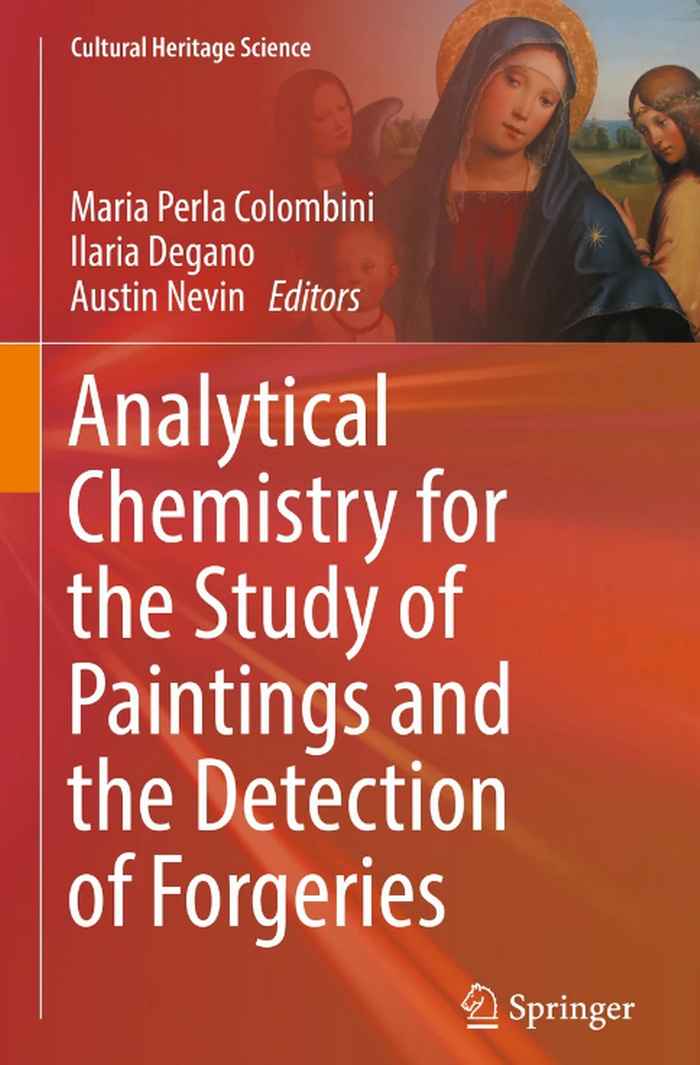Book chapter on Microchemical Imaging of Oil Paint Composition and Degradation
14 February 2023

The chapter was written together with colleagues from France and Belgium in the book Analytical Chemistry for the Study of Paintings and the Detection of Forgeries. It was published as part of the Cultural Heritage Science book series of Springer publishers. This is a highly interdisciplinary book series covering all aspects of conservation, analysis and interpretation of artworks, objects and materials from our collective cultural heritage.
Abstract of the chapter
Oil paint is a dynamic system that undergoes chemical alteration on several time and length scales. At the short term, curing reactions are necessary for oil to dry properly. At longer time scales, a wide variety of other chemical processes can negatively affect the visual appearance or mechanical properties of historical artistic paint systems. The development of chemical imaging methods capable of covering length scales continuously from the millimetric to micro- or even nanoscale is key in understanding the chemical composition of a painting and the historical changes thereof. Such imaging methods can help in assessing to which extent the original painting’s composition may have been modified by chemical degradation processes. Processes that occur in the highly heterogeneous mixtures of binders, pigments, additives, alteration products and possibly later repainting and restoration treatments. Establishing the precise biography of the painting contributes to evaluate its authenticity. New modalities and novel methods of microchemical imaging provide access to previously unexplored length scales, are capable of better differentiation between the various oil paint components (original composition or later addition), and allow performing faster analysis to produce higher definition images. In this review, we report on recent methodological developments and future prospects to determine oil paints composition using microchemical imaging at the micro- and nanoscale.
Reference
Hageraats, S., Thoury, M., Cotte, M., Bertrand, L., Janssens, K., Keune, K. (2022): Microchemical Imaging of Oil Paint Composition and Degradation: State-of-the-Art and Future Prospects. In: Colombini, M.P., Degano, I., Nevin, A. (eds) Analytical Chemistry for the Study of Paintings and the Detection of Forgeries. Cultural Heritage Science. Springer, Cham. DOI: 10.1007/978-3-030-86865-9_12